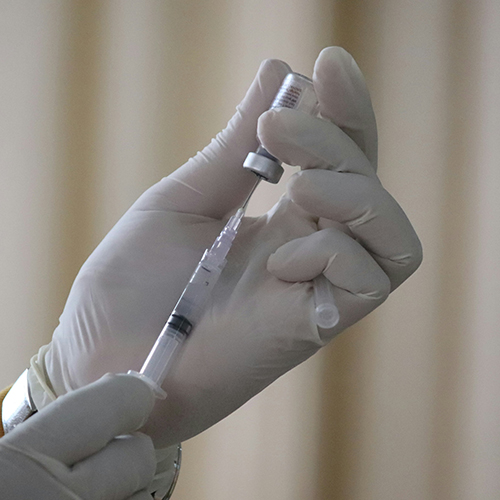
November is Lung Cancer Awareness Month, and we are taking the opportunity to share a series of blog posts with useful information on this deadly disease. In a previous post, we discussed who has a higher risk of developing lung cancer, and heavy smokers are at the top of the list. If you are a smoker, one of the best choices you can make for yourself and for the people around you is to quit smoking.
Cigarette smoking is the single largest preventable cause of premature death in the United States. More than 480,000 people die each year from both firsthand and secondhand smoke. It harms nearly every organ of the human body – especially the lungs, which is where our focus is today. According to multiple government agencies, 80-90% of lung cancer deaths are caused by tobacco. In fact, when patients are diagnosed with lung cancer, the first question a doctor will ask is if they are, or ever were, a smoker.
Tobacco Companies Hid Health Risks for Decades
For over 50 years, the true facts about the health risks of cigarette smoking were hidden from the public. Big tobacco companies regularly put sales over safety, even though documents as far back as the mid-1970s show research on the dangers of cigarette smoking and the addictive nature of nicotine. The FDA now regulates tobacco product packaging, and since 2012 has required all cigarette packaging to feature graphic warning labels to indicate the dangers. Unfortunately, this has not stopped cigarette sales altogether, and tobacco companies have continued with old habits by trying to introduce newer and “safer” products, like low-tar, light, and e-cigarettes. Any claims from the tobacco companies that these products are safer and less likely to cause cancer have been debunked by researchers and all of them are now regulated by the FDA.
Benefits of Smoking Cessation
While there are obvious long-term health benefits for those who quit smoking, there are also immediate benefits that can be noticed shortly after cessation. These are just a few overall benefits outlined by the National Cancer Institute:
- People who quit smoking, regardless of their age, are less likely than those who continue to smoke to die from a smoking-related illness.
- Quitting by age 30 reduces the chance of dying from smoking-related diseases by more than 90 percent.
- Quitting by age 50 reduces the risk of dying prematurely by 50 percent compared with those who continue to smoke.
- Nerve endings start to regrow, improving the ability to taste and smell.
- Breathing passages (bronchial tubes) relax, lung capacity goes up, and breathing becomes easier.
- Circulation improves and lungs become stronger, making it easier to increase physical activity.
- The cilia (hair-like structures on the lining of the lungs) begin to regrow, increasing the lungs’ ability to handle mucus, clean themselves, and reduce infection.
- Coughing, sinus congestion, fatigue, and shortness of breath decrease while overall energy levels increase.
- Blood pressure, pulse, and body temperature, which were abnormally elevated by nicotine, return to normal. (Individuals taking blood pressure medication should continue doing so until told otherwise by their physician.)
- The body will start to heal itself. Carbon monoxide and oxygen levels in the blood return to normal.
Resources to Help You Quit Smoking
Thousands of smokers unsuccessfully attempt to quit year after year because of the challenges associated with nicotine withdrawal. There are different methods for quitting-some with serious potential side effects as well. Below are just a few of the different options available for helping to quit smoking.
- Quit Smoking – This government website includes a massive amount useful information for quitting, including the process of creating a quit plan, support groups, steps to stay smoke-free, and more.
- Nicotine Replacement Therapy-Medication is available in different forms and is designed to help relieve the physical dependency caused by nicotine addiction, allowing the user to focus on the psychological aspects of quitting.














